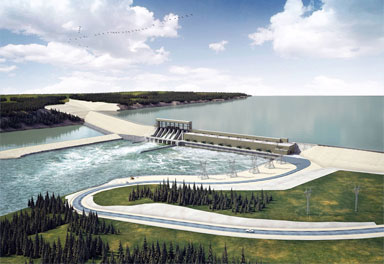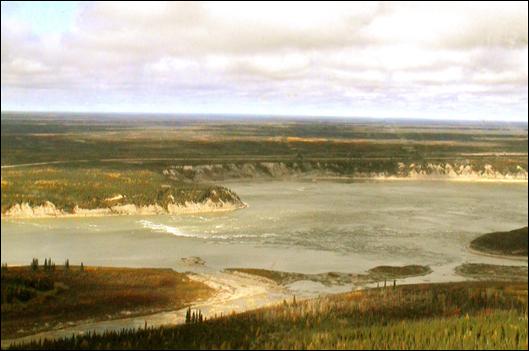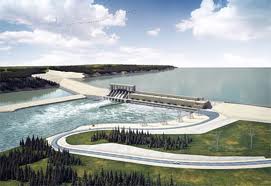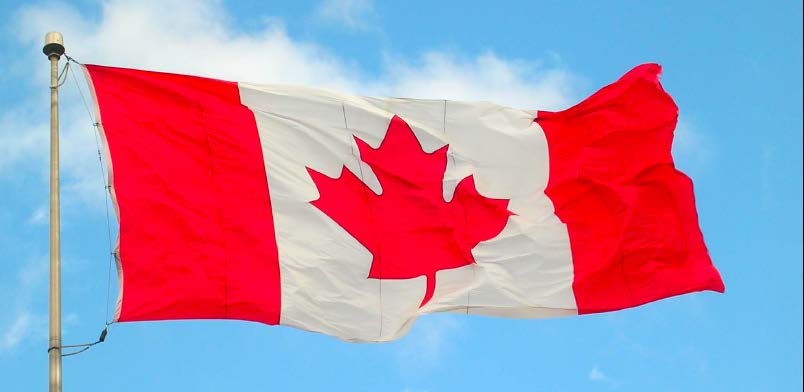As reported in the Winnipeg Free Press, a series of open houses has begun this week, TODAY, and continue through the first week of May in Canada regarding the Canadian part of the “Great Northern Transmission Line.”
04/9/2014
Manitoba Hydro wants public feedback as it puts the final touches on its proposed transmission line to the United States.
The line is to run from Rosser (https://www.hydro.mb.ca/projects/mb_mn_transmission/description.shtml) north-west of Winnipeg south to the Minnesota border where it will hook up with a second line to Duluth.
Under a proposal now being studied by the Public Utilities Board, Manitoba Hydro will own 49 per cent of the U.S. side of the 500 KV transmission line, with Minnesota Power owning the rest.
The PUB has heard that Hydro’s stake in the line was needed so that it would be upgraded, at Hydro’s request, from the originally-proposed 230 kilovolts to 500. The larger line (http://www.greatnortherntransmissionline.com/) would allow Hydro to ship more power into the Wisconsin market and import more power to Manitoba from U.S. utilities when needed.
Hydro says it also wants input from First Nations, the Manitoba Metis Federation, local municipalities, government departments, local landowners and the public during the final route selection and environmental assessment process.
Open houses will be held from 4 p.m. to 8 p.m.
Ste. Anne — Tuesday, April 15, Seine River Banquet Centre, 80A Arena Road.
Richer — Wednesday, April 16, Richer Young at Heart Community Club, Dawson Road at Highway 302.
Vita — Tuesday, April 22, Vita Community Hall, 209 Main Street North.
Piney — Wednesday, April 23, Piney Community Centre, Highway No. 89 (Main Street).
La Broquerie — Thursday, April 24, La Broquerie Arena, 35 Normandeau Bay.
Marchand — Wednesday, April 30, Marchand Community Club, Dobson Avenue.
Dugald — Tuesday, April 29, Dugald Community Club, 554 Holland Street.
Lorette –Tuesday, May 6, Lorette Community Complex ,1420 Dawson Road.
Headingley — Wednesday, May 7, Headingley Community Centre, 5353 Portage Avenue.
Winnipeg –Thursday, May 8, Holiday Inn Winnipeg South, 1330 Pembina Highway.
Hydro has also posted an online survey (http://sm.upaknee.com/surveys/101378/manitoba-minnesota-transmission-project-round-2/) on its website for the project.





